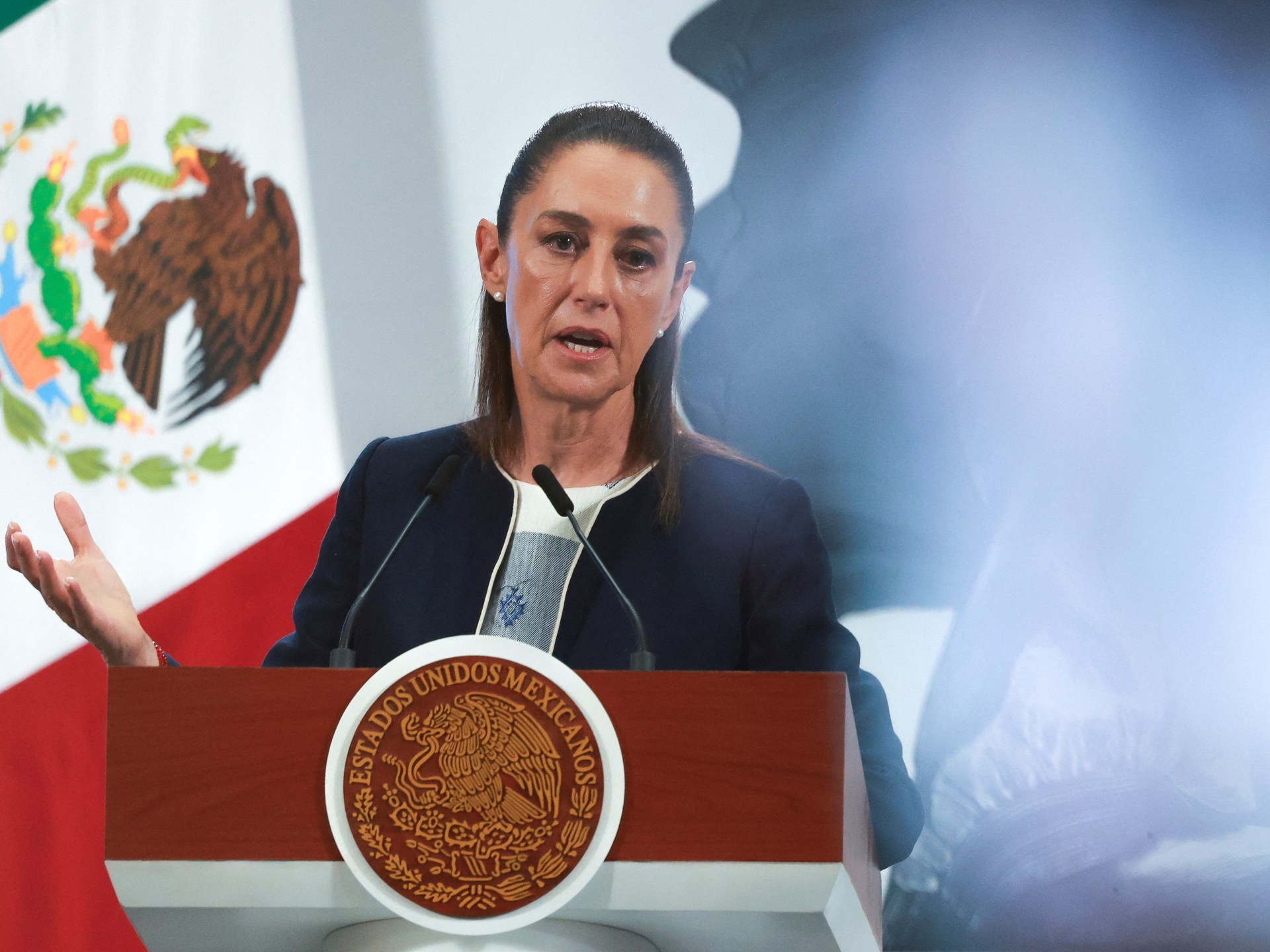EXCLUSIVE: Married at First Sight UK’s Leisha Lightbody reveals the moments with ‘husband’ Reiss Boyce that never made it to air sharing that he broke up with her just weeks after the pair filmed their final vows for the E4 dating show
Leisha Lightbody believes there’s still “unanswered questions” surrounding her split from Married at First Sight UK groom Reiss Boyce.
The couple broke up weeks after filming their emotional final vows where viewers saw Essex-based Reiss, 33 and the 31-year-old Scottish beauty choose to commit to continue their relationship outside of the experiment.
Their whirlwind romance, which was plagued with uncertainty during their time on the E4 reality show, saw Reiss concerned about “drama” in the marriage and Leisha not knowing how her husband really felt despite her declaring she loved him on their final date.
Reiss ended their relationship when he visited Leisha in Scotland before filming the dramatic Reunion show which aired last week but she’s not convinced he was ever emotionally available…
Speaking about her time on the show, Leisha admitted: “I went into it bit naive and it was quite hard watching it back but it’s actually made me heal a little bit quicker.
“When we left after final vows I genuinely thought that we were in this fairytale and thought we were going to watch it back and it was going to be a magical thing, but actually he didn’t like me as much as I thought.
“I honestly thought that he really did like me, and I’m not saying he didn’t, but obviously they picked up things that he said on camera that he didn’t necessarily say too much to me.”
Leisha and Reiss were paired by the show’s experts Paul C Brunson, Charlene Douglas and Mel Schilling and tied the knot at the altar after meeting for the first time on their wedding day.
However, the cracks in their relationship begun to show quite early on in their marriage but they both continued to stay in the experiment and were one of only five couples who made it to the final vows at the end of the series.
Leisha said: “He knew who I was from the minute he met me. I told him everything about me and I was a very open book with him and I told him my deepest, darkest secrets but I just couldn’t quite figure him out. The whole time we were there he could have left he didn’t have to stay.”
While some fans were left doubting their romance after what was shown on-screen, Leisha went on to lift the lid on what was really going on between her and Reiss when the cameras stopped rolling.
“We were very intimate every single night,” she said. “I just think when you’re intimate with people every single day and you’re spooning them and very tactile I think that’s kind of giving mixed messages because he was then saying ‘oh, I’m happy to be intimate with you but when you ask me for reassurance or to hold my hand, you’re too much’.
“I’m not a body, I’m a human being, I’ve got feelings, I’ve got emotions and I feel like there was just a lot of mixed emotions and I think looking back he probably just wasn’t emotionally available.
“Obviously what is put out on TV is a quarter of what actually happened. Me and Reece were always in the apartments together when everybody else would go out. We stayed in all cosied up, watching documentaries with our little snacks. We would be cuddled up and honestly we were so smitten, well, I definitely was smitten. I cooked for him every night.”
Things stared to change for Leisha after they left the experiment when his ex started liking her photos on social media despite the show not airing yet and therefore the public weren’t aware of who was starring on the current series.
She raised her concerns with Reiss and he reassured there was nothing going on between him and his ex but her nearest and dearest weren’t convinced.
“When we left the show everybody else could see it. My friends and family were like ‘do you really think this is it though?’ and I was like ‘yeah’ but I was so delusional, I was so blinded,” she said.
“Reiss then came up to Scotland and we went for a meal with my mum, my dad, my sister and my friends and they were all like ‘oh my God we actually think he likes you’ and ‘I can see it’s working now’ but then that night he split up with me.
“I just wish that he would have made that a little bit more clearer to me just so that I can protect myself because I think I was quite vulnerable and I think I was probably a bit naive,” she said during the emotional chat.
Leisha had to face Reiss just weeks after their split to film the MAFS UK reunion which she said was “a bit of a disaster” because she “was so emotional and drained”.
“I probably did go back thinking he was maybe going to look at me and maybe want to rekindle something I’m not going to lie to you that was going through my head but logistically I knew that it wasn’t ever going to happen,” she admitted.
“I’m completely over Reiss now but I think there’s a little part of me that’s still a bit upset over the way it ended and things have come out of the woodwork with him and his ex.
“I just feel like there’s lots of unanswered questions. I think he was probably just done before he finished it but I don’t think he was ever really in it.”
Leisha also added that she has no bad blood towards her ex but they no longer communicate and she’s at peace with the fact she may never know the truth. R
Reiss has since admitted he did get back with his ex after splitting with Leisha but they are no longer together.









